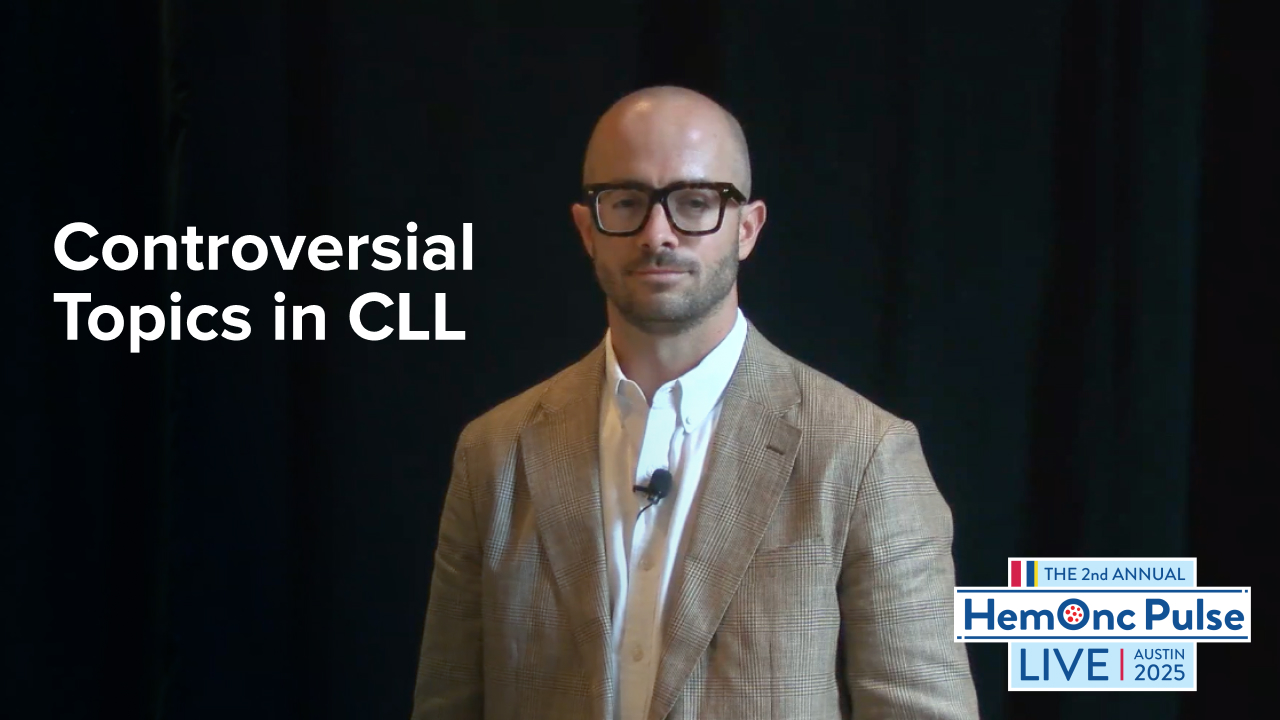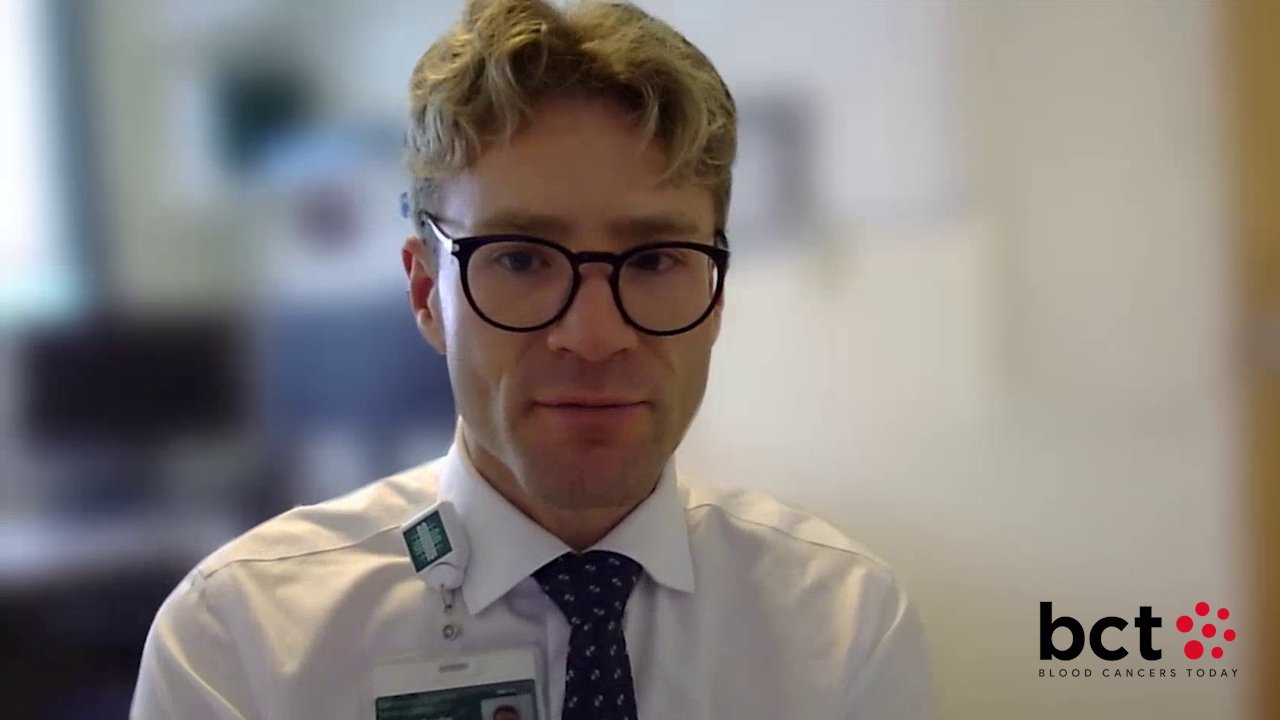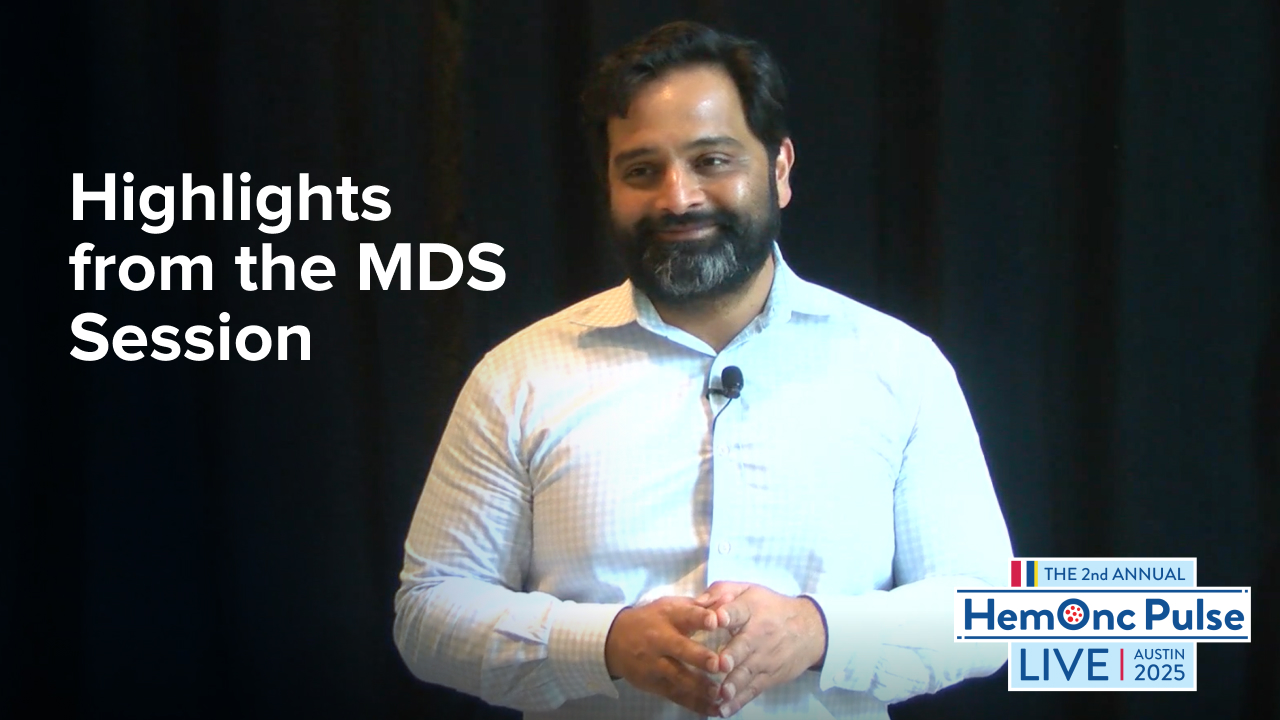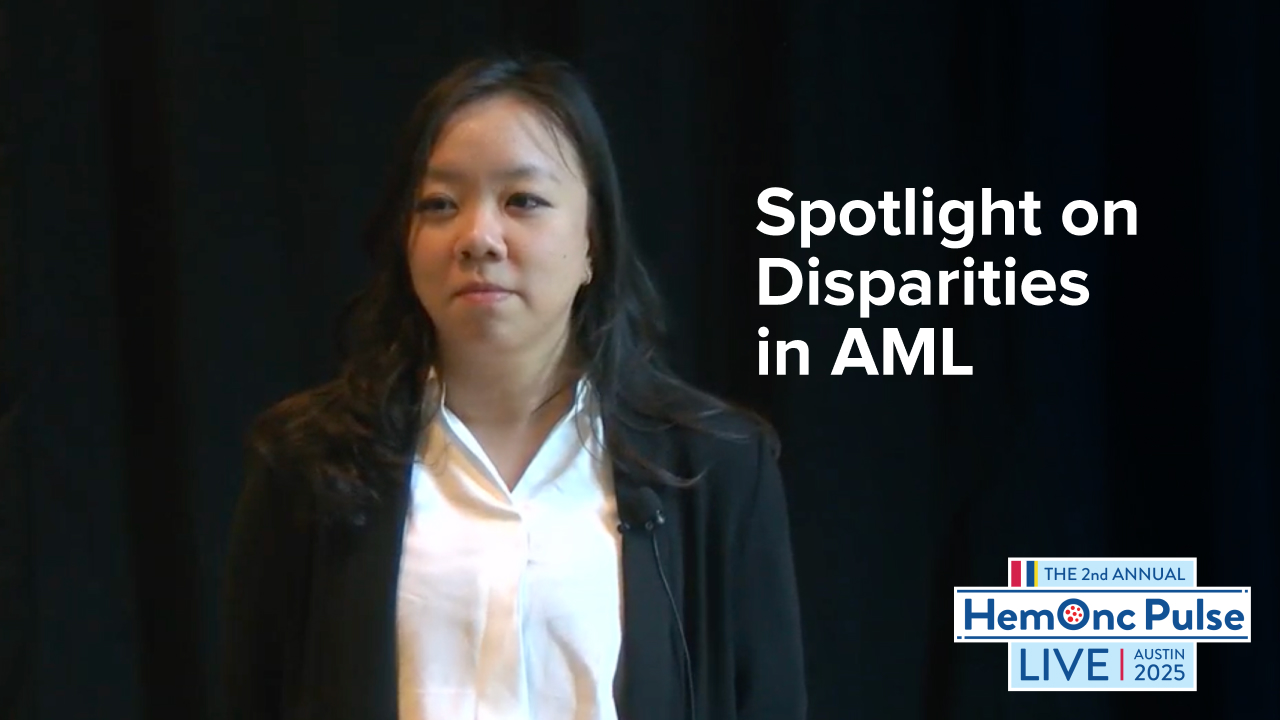Mutational Status, Comorbidities and MDS Treatment Selection
By Guillermo Garcia-Manero, MD, Sangeetha Venugopal, MD, George Yaghmour, MD, Jamie Koprivnikar, MD - Last Updated: December 18, 2023A roundtable discussion, moderated by Guillermo Garcia-Manero, MD, Blood Cancers Today Associate Editor, of the University of Texas MD Anderson Cancer Center, focused on the latest data in the treatment of low-risk myelodysplastic syndromes. Dr. Garcia-Manero was joined by Jamie Koprivnikar, MD; George Yaghmour, MD; and Sangeetha Venugopal, MD.
In the next segment of the roundtable series, the panel discusses appropriate treatment selection based on patient mutation status and comorbidities.
Watch the next segment in this series.
—
Dr. Garcia-Manero: That actually brings the next question that is what is the right time to use these agents? Traditionally, we delayed therapy for patients that were transfusion-dependent, but now we’re starting to see the emergence of this kind of data that in a way we kind of already knew from 20 years ago with ESAs [erythropoietin-stimulating agents], but we never really acted on it, that maybe this early intervention is something to think about. What do you think about this?
Dr. Venugopal: I agree, especially when you are thinking of treating the patient when they’re late, if the hemoglobin is eight instead of 10, probably when we started, when their hemoglobin is 10 and asymptomatic, so they may have a duration of response longer than when we start late.
Dr. Yaghmour: If my patient is a golf player and competitive and he would love to have a higher hemoglobin to keep himself super active and that would affect his quality of life, I would definitely consider luspatercept as an option. But I would be careful about the cost and the tolerance and seeing more data to justify, like even in the earlier phase without the need of transfusion—is it going to be our new approach or is it going to be for subgroup or specific patient? Exactly what is the right hemoglobin, how do you define transfusion dependency with comorbidity, cardiac comorbidity, without cardiac issues? It’s controversial but it’s encouraging.
Dr. Koprivnikar: I think hemoglobin is just a number. I try to treat my patients based on symptoms. Although speaking of cardiovascular risk factors, there was an abstract that I found absolutely fascinating that actually showed reduced pro-BNP levels in patients treated with luspatercept. That leaves me with more questions than answers, but I think there’s definitely more to be explored there.
Dr. Garcia-Manero: I totally agree with Jamie. I think that presentation that I think is a poster, I’m not sure if it’s an oral, but that I think is really important where they perform correlative analysis on the COMMANDS trial looking at cytokine changes, TGF-β modulation, that is how this drug works. But one of the things that they found was this phenomenon on pro-BNP, and then the question is does this really have an impact on the natural history of this disease? This has been my question when treating these low-risk patients forever; when we treat them and we get whatever response or hemoglobin, is this why they are living longer or not? Or maybe there is some other mechanism like what Jamie is suggesting. That could be an explanation. I agree with you that that was actually probably one of the most interesting pieces of data at the meeting in terms of low-risk MDS.
Dr. Yaghmour: I strongly agree and thank you for bringing these points up. That’s now we see more data talking about inflammatory and pro-inflammatory markers and change as it’s not just helping in the hemoglobin or we are not just chasing or treating number. We have a potential to modify the pro-inflammatory and it helps the comorbidity associated sometimes. Even with low-grade MDS, we observed a lot of new immune-mediated symptoms that can cause significant comorbidity from the mutation that could be carried on the other cells, not just the progenitors stem cells.
Dr. Koprivnikar: I think to your point, when we think about the increased cardiovascular risk that we see even with CHIP [clonal hematopoiesis of indeterminate potential], when you take a patient who has two or three or four of these mutations and you add them together, obviously it would make sense that they’re living in a very pro-inflammatory state.
Dr. Garcia-Manero: Do you guys think that there’s a role for the use of this compound in CCUS [clonal cytopenia of undetermined significance]?
Dr. Yaghmour: It is premature for me to comment on it, but I would say we are maybe transitioning that we’re understanding more based on the pathophysiology. We had more science data from randomized larger study that might justify us to select group of patient with benefit of early intervention with transforming growth factor inhibitor.
Dr. Garcia-Manero: I think that this to me is critical actually because I am not sure about treating CCUS actually. But I think it’s that definition that is, kind of an evolution, like we don’t really know. This morning in the MDS symposium at the ASH meeting, they were talking about some CCUS cases that looked to me like very high-risk MDS or even AML, but they had these labels. I think this entity is heterogeneous, but we may be able to find subset of patients, maybe those that have some type of cardiac abnormality or maybe some high level of some of these molecules that tell us that there are some degree of cardiac dysfunction that could be modulated with a drug like this. I think that’s where this is maybe going.
Dr. Yaghmour: Specifically, those epigenetic mutation and ASXL-1 and specific molecular mutation. There is a lot of research in the pipeline investigating the comorbidity, the thromboembolic events, and the cardio-morbidities associated with specific mutations.






 © 2025 Mashup Media, LLC, a Formedics Property. All Rights Reserved.
© 2025 Mashup Media, LLC, a Formedics Property. All Rights Reserved.